Animal shelters break hearts more than they save them.
It’s easy to picture wagging tails, second chances, and happy endings—but that’s only part of the story.
Behind the scenes, there’s a tougher truth.
One filled with impossible choices, silent suffering, and good animals lost in the shuffle.
These aren’t the stories on the adoption posters.
These are the realities staff carry home each night.
The ones that haunt volunteers, that make grown adults cry in supply closets.
We’re not here to sugarcoat it.
We’re here to rip off the bandage.
Because knowing what really happens in shelters?
It changes everything.
You’ll never look at a stray the same way again.
Overcrowding Issues
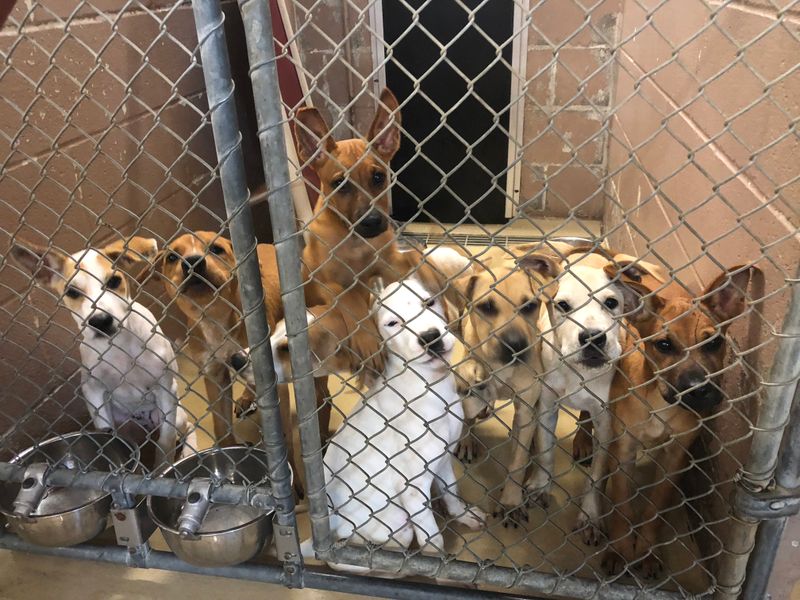
Overcrowding is a pressing issue in many animal shelters. These facilities often struggle to accommodate the influx of abandoned pets, leading to cramped living conditions. Shelters work tirelessly to manage this situation through fostering programs and adoptions.
However, the sheer volume of animals can sometimes overwhelm their resources. Limited space means that some animals are housed in temporary kennels, which can be stressful. Despite these challenges, shelter staff remain committed to providing the best care possible.
Did you know? Many shelters rely on volunteer support to help manage overcrowding. Volunteers play a crucial role in caring for the animals.
Euthanasia Realities

The topic of euthanasia is a difficult reality for animal shelters. Due to limited space and resources, some shelters are forced to make heartbreaking decisions. This is often a last resort, used when all other options have been exhausted.
Shelters focus on finding homes for as many animals as possible, prioritizing adoptions and foster programs. Staff often bear the emotional burden of these decisions, striving to ensure that each animal receives love and care in its final moments.
Despite these challenges, many shelters work with rescue organizations to save animals from euthanasia.
Adoption Challenges
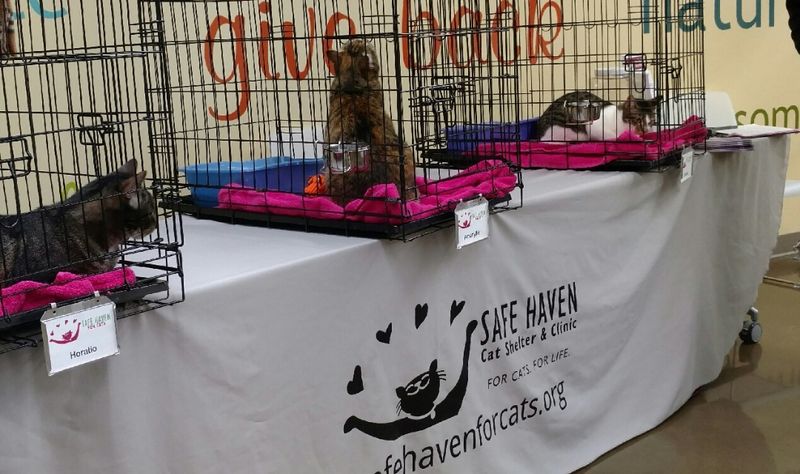
Adopting a pet from a shelter is a rewarding experience, but it comes with its own set of challenges. Many animals have complex backgrounds, requiring patience and understanding from their new families. Shelters provide guidance and support to help adopters adjust.
Some animals may have behavioral issues or health concerns that require special care. Shelters offer resources such as training classes to facilitate successful adoptions. The joy of giving a pet a forever home often outweighs these hurdles.
Adoption events are a great way for potential pet owners to meet their future companions.
Volunteer Contributions
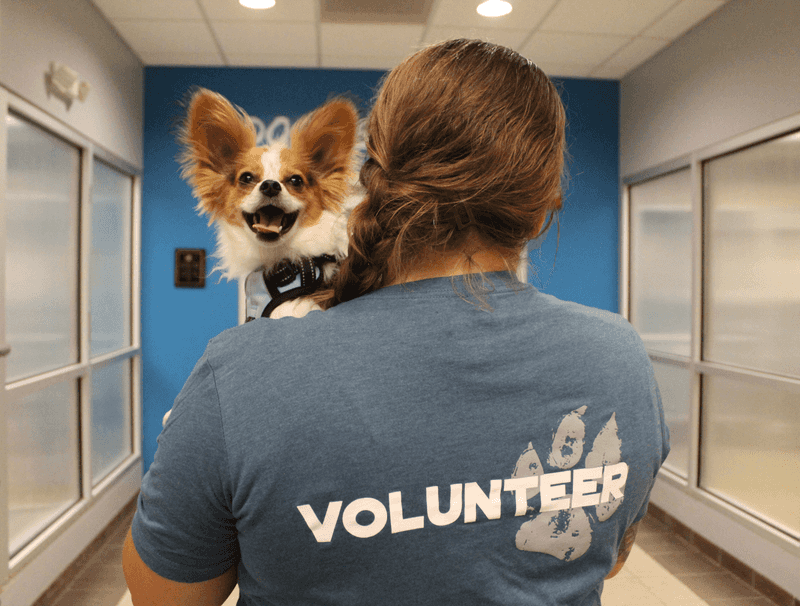
Volunteers are the backbone of many animal shelters. Without their dedication, shelters would struggle to operate efficiently. Volunteers assist with animal care, administrative tasks, and organizing events.
These individuals often form deep connections with the animals, providing them with much-needed love and attention. Volunteering not only benefits the animals but also brings joy and fulfillment to the volunteers themselves.
Did you know? Some shelters offer volunteer programs for families, allowing children to learn about animal care and responsibility.
Funding Struggles
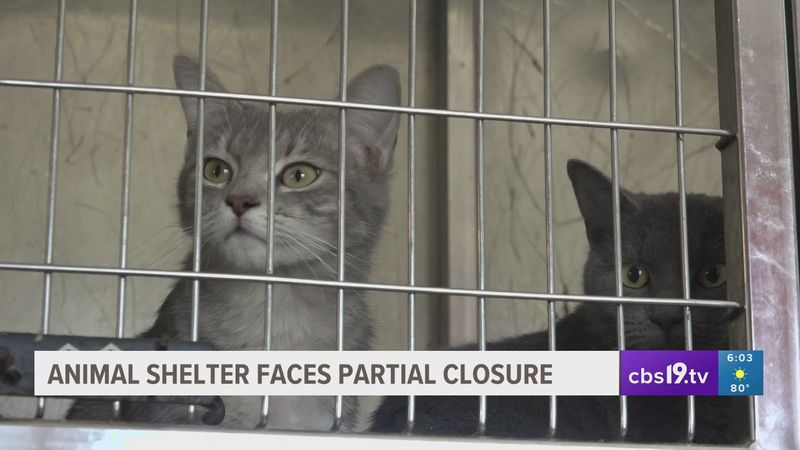
Animal shelters often face financial challenges that impact their ability to provide services. Funding typically comes from donations, grants, and adoption fees, but these sources are not always sufficient.
Shelters must prioritize their spending, focusing on essential items like food, medical care, and facility maintenance. Creative fundraising efforts, such as charity events and online campaigns, are vital for keeping shelters operational.
Many shelters depend on community support to bridge financial gaps, highlighting the importance of public involvement in animal welfare.
Medical Care Demands
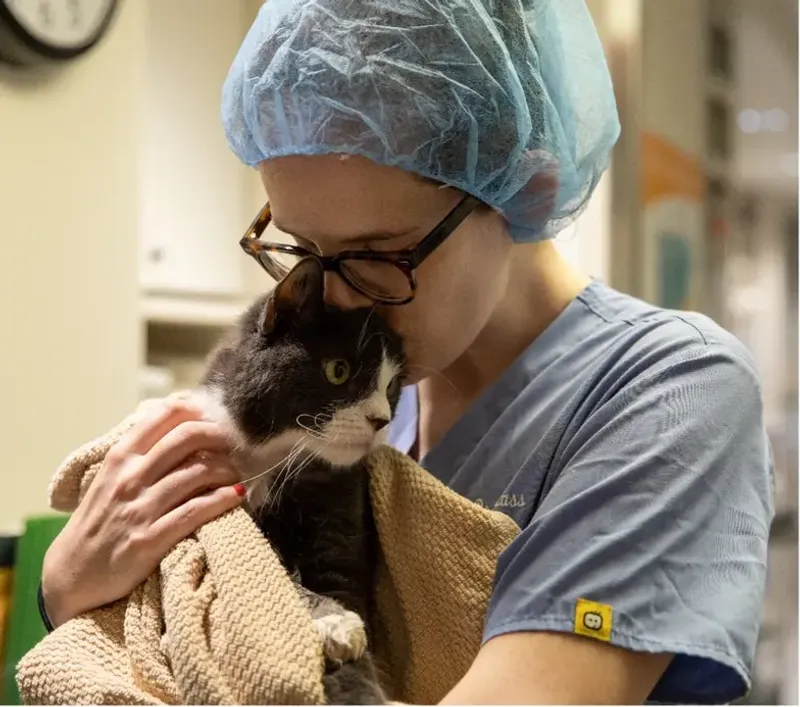
Providing medical care is a critical aspect of shelter operations. Animals often arrive with health issues that require immediate attention. Shelters must be equipped to handle various medical needs, from routine vaccinations to emergency surgeries.
Veterinarians and support staff work tirelessly to ensure each animal receives prompt and effective treatment. The cost of medical care can be significant, adding financial pressure to shelter budgets.
Many shelters collaborate with veterinary schools and clinics to provide low-cost care, ensuring all animals receive the attention they need.
Emotional Impact on Staff
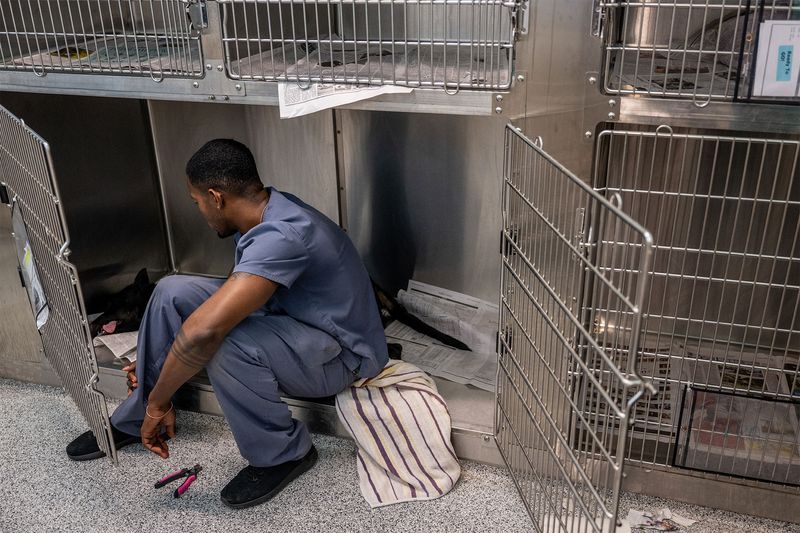
Working in an animal shelter is emotionally demanding. Staff members are deeply invested in the welfare of the animals, often forming close bonds with them. The stress of caring for so many animals, alongside the heartbreak of euthanasia, can take a toll.
Shelter workers must balance compassion with practicality, making difficult decisions daily. Support systems within the shelter community are crucial, providing emotional relief and camaraderie.
Despite the challenges, the rewarding moments, such as successful adoptions, motivate staff to continue their vital work.
The Reality of Returns
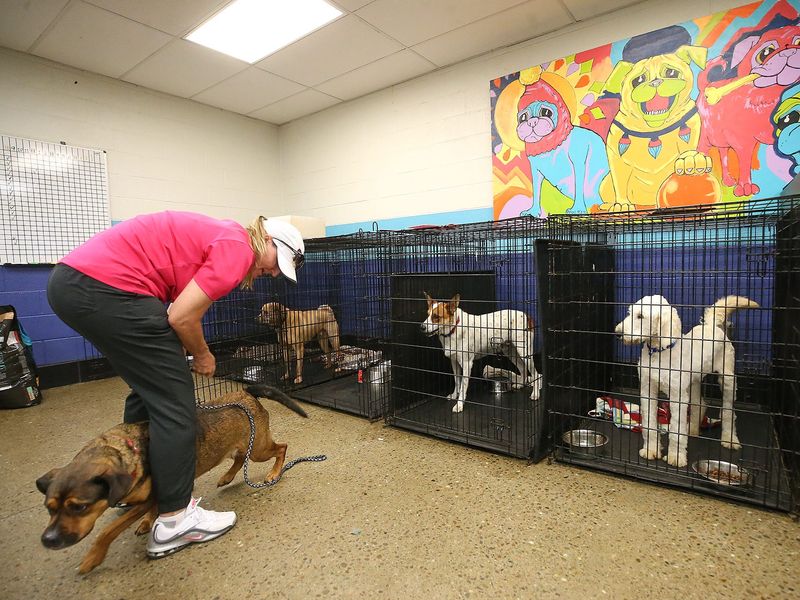
Pet returns are an unfortunate reality for animal shelters. Despite best efforts to match pets with suitable families, some adoptions don’t work out. Shelters take returns seriously, aiming to understand the reasons behind them.
Many shelters offer post-adoption support to address potential issues, such as behavioral challenges. When a pet is returned, the shelter evaluates its needs to find a more compatible home.
Understanding that returns are not failures but opportunities to learn and improve, shelters strive to minimize this occurrence through thorough screening processes.
Breed Misconceptions

Misconceptions about certain breeds can affect their chances of being adopted. Breeds like pit bulls are often unfairly judged due to stereotypes. Shelters work to educate the public, highlighting the unique personalities and loving nature of these animals.
Each dog is assessed individually, focusing on behavior rather than breed. Shelter staff and volunteers advocate for misunderstood breeds, showcasing them at events and on social media.
Education is key to changing perceptions and promoting adoption of all breeds, ensuring every dog finds a loving home.
Importance of Fostering

Fostering provides animals with temporary homes while they await adoption. This system alleviates pressure on shelters and gives animals a chance to adjust to a home environment.
Foster families play a vital role, offering love and socialization. They provide insights into the animal’s behavior, which helps match them with permanent homes. Fostering can be a rewarding experience, especially when seeing an animal thrive in its new family.
Many shelters offer support and resources for foster families, making it accessible to those who wish to help.
Senior Animals Need Love Too

Senior animals are often overlooked in shelters, overshadowed by younger, more energetic pets. However, they can make wonderful companions, offering calm and loyalty.
Shelters emphasize the benefits of adopting senior pets, such as their established temperaments and lower activity levels. Programs that reduce adoption fees for senior pets encourage families to consider these loving animals.
Did you know? Many adopters find that senior pets settle into homes quickly, providing rewarding and meaningful companionship.
The Role of Education
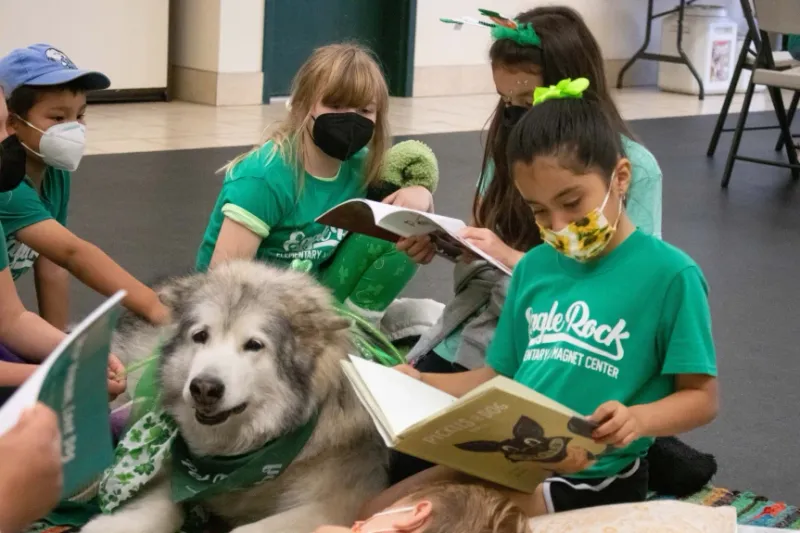
Education is a powerful tool in promoting animal welfare. Shelters engage in outreach programs, visiting schools and community events to teach responsible pet ownership.
These programs aim to reduce pet abandonment and improve the lives of animals. By educating the public about spaying and neutering, shelters work to prevent overpopulation.
Informed communities are more likely to support shelters and adopt responsibly, making education a cornerstone of shelter activities.
Success Stories Bring Hope

Success stories are a beacon of hope in the animal shelter world. Each adoption is a testament to the hard work and dedication of shelter staff and volunteers.
These stories inspire communities, showcasing the positive impact of adopting shelter pets. Many shelters share these moments on social media, highlighting the joy of giving pets a second chance.
Did you know? Some shelters have alumni programs where adopters share updates, celebrating the lasting bonds they form with their pets.
The Importance of Microchipping

Microchipping is a crucial practice that helps reunite lost pets with their owners. Shelters advocate for this technology, explaining its benefits to adopters.
Microchips provide a permanent form of identification, increasing the likelihood of recovering a lost pet. Many shelters offer microchipping services at reduced rates during adoption events.
Understanding the importance of microchipping can prevent heartache, ensuring pets are never truly lost.
The Power of Social Media

Social media has transformed how shelters connect with the public. Platforms like Instagram and Facebook allow shelters to share stories, promote adoptions, and engage with their communities.
By showcasing animals through photos and videos, shelters reach a wider audience, increasing the chances of finding homes for pets. Social media also facilitates fundraising and volunteer recruitment.
Did you know? Viral posts can lead to quick adoptions, highlighting the power of online engagement in animal welfare.

